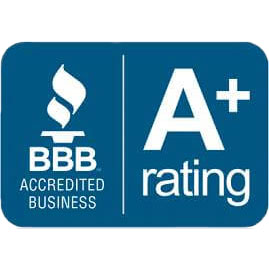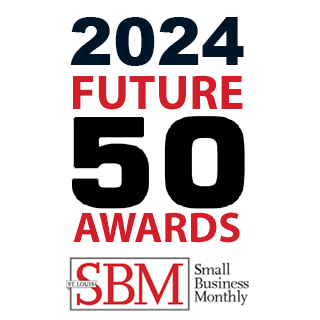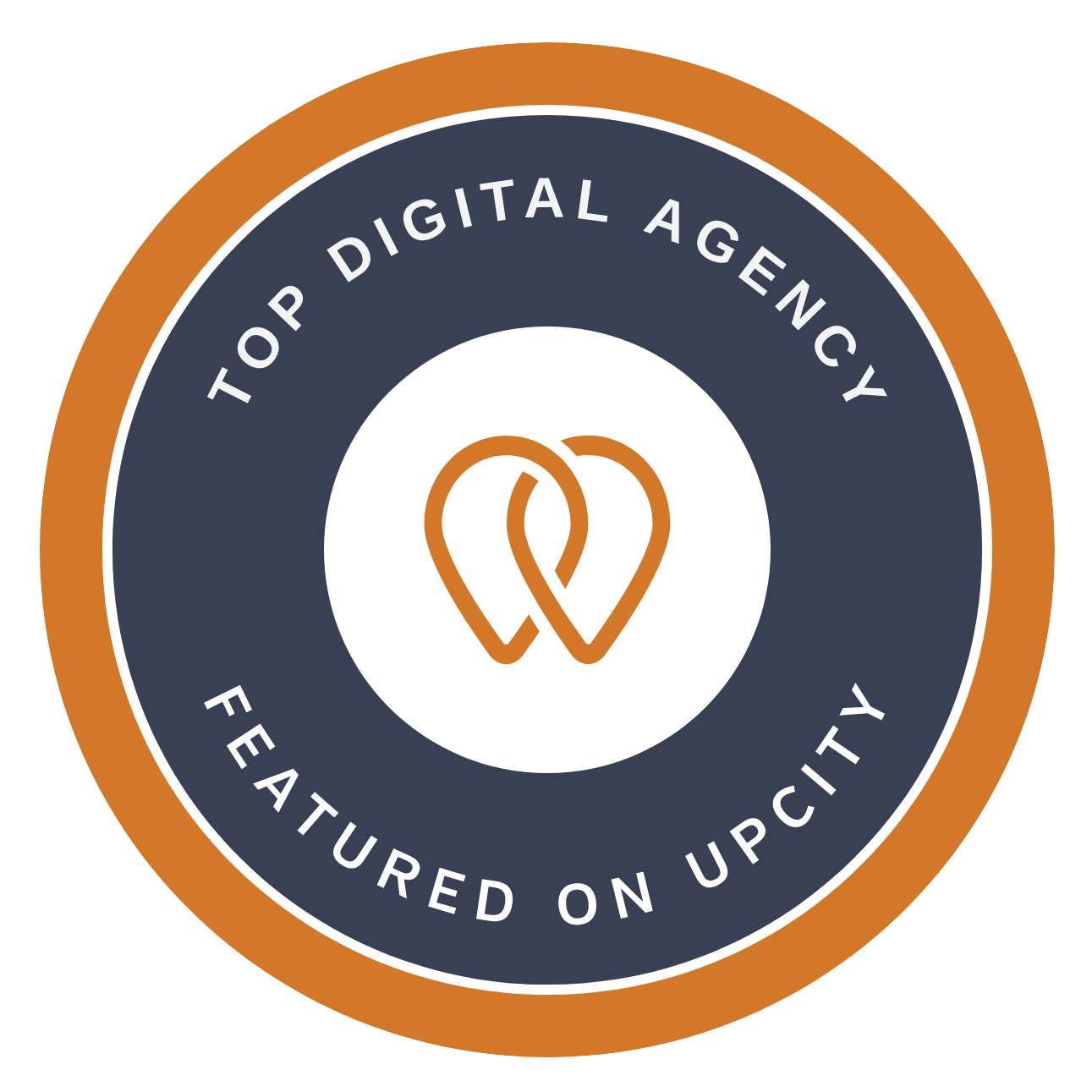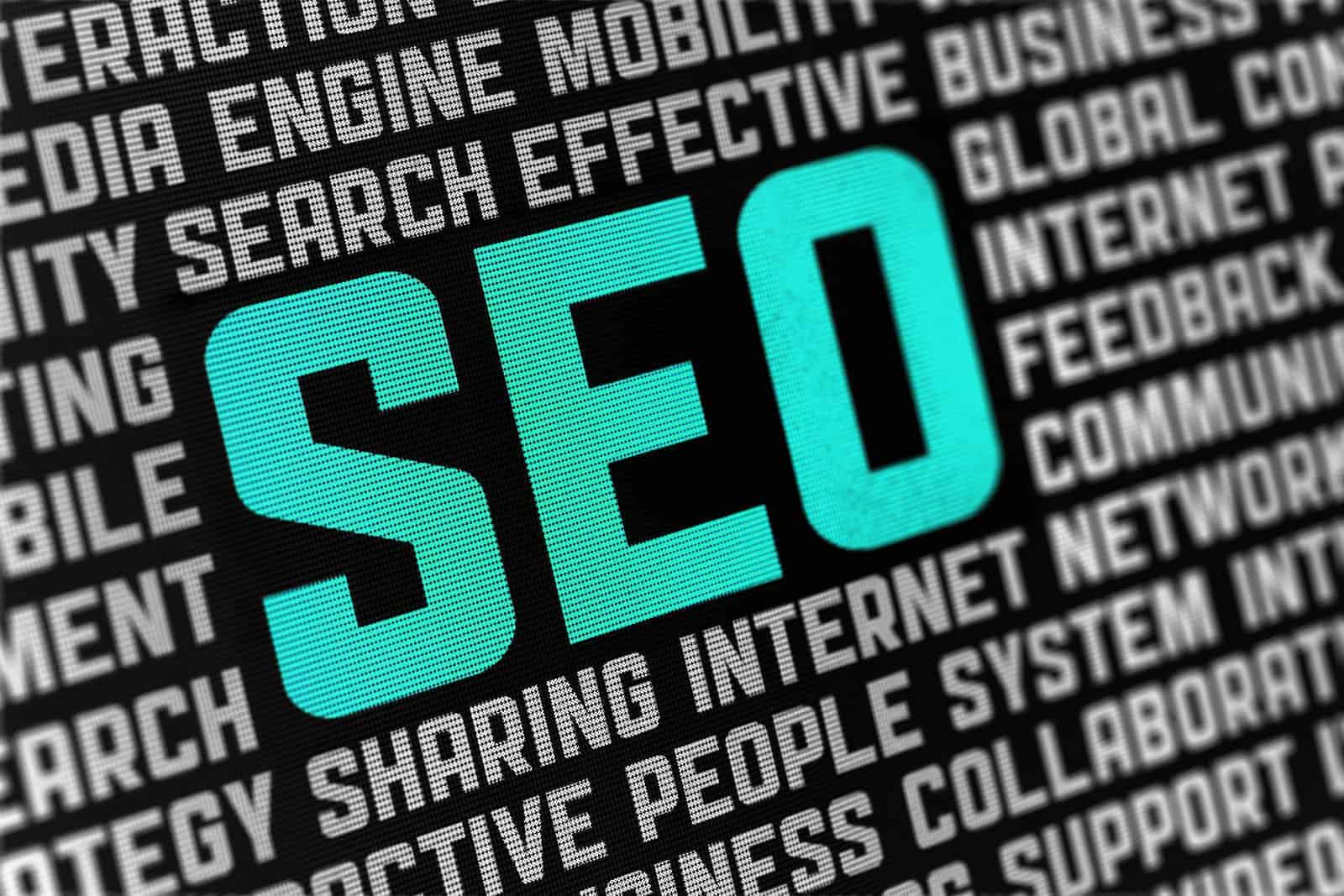
 What is marketing? It seems like a simple question.
What is marketing? It seems like a simple question.
While some may believe that marketing is mostly comprised of ads that help companies sell products or services, the truth is that it’s more complex than what it appears to be on the surface. Marketing utilizes many different tools and builds upon various perspectives of expertise in order to help companies achieve success.
Throughout our What is Marketing? mini series, we’re diving into the four major components of marketing and how they all work together to form one cohesively powerful marketing strategy.
In this third section, we’re discussing how search engine optimization makes brands’ products and services more accessible to customers throughout the web.
Search engine optimization, most commonly referred to as SEO, is a set of best practices and guidelines used to optimize a business’ website in a manner that improves its search engine rankings. As a result, SEO is a vital element of marketing; even though it oftentimes functions in the background as the proverbial wizard behind the curtain, it is the fuel that makes online discoverability possible for all types and sizes of brands.
At its core, SEO can be best understood as a series of components that define the way a search engine – such as Google or Bing – understands a website’s contents, authority, and structure to maximize rankability.
Search engine optimization revolves around three main concepts:
Backlinking is when one website links to information that has been published on another website. The more authoritative the website is that links out to another website, the more exposure the host website will receive from this link.
For example: If a local news website referenced this article to discuss the elements of marketing, each of their local readers would be exposed to Seafoam’s website (which is great for online exposure). However, if a news organization as large as the New York Times referenced this article to discuss the elements of marketing, our content would be exposed to a larger group of readers, thus expanding our online reach that much further. Since search engines also recognize that the New York Times is a well-read source with a strong reputation, their act of linking to our website would also help our brand rank as a higher online authority.
Ultimately, backlinking is a way for search engines to identify which websites are the most reputable authorities on any given subject. The more high-quality backlinks a brand can procure for its website, the higher that company’s search rankability will be.
Keywords are the words or phrases that users type into a search engine query when looking for information on the web. By identifying which keywords are most important to your brand’s industry, and sprinkling them throughout your website in accordance with the appropriate content/information, your business can raise the likelihood that users will find their way to your website through their search results.
Technical SEO is potentially one of the least appreciated aspects of search engine optimization, yet it is incredibly important. This component of SEO defines a website’s structure. Encompassing everything from proper internal linking, a well-constructed XML sitemap, adequate usage of robots.txt, sufficient handling of redirects and site errors, and more, technical SEO ensures that a website is optimized not only for maximum rankability via search engines, but it also optimizes usability for all who visit a brand’s website.
In short, the main goal of technical SEO is to present information in a way that people and search engine “bots” can both easily identify and understand.
Now that we’ve discussed the elements of search engine optimization, it's critical to know how these pieces can bolster a brand’s marketing efforts.
While the components of SEO listed above help search engines comprehend online data, they also improve human interaction with website content by making the following possible:
As its name alludes, organic search is the most natural way for a consumer to find a business on the web. This happens when a user types a query into their favorite search browser and are presented with the results that the search engine deems most appropriate for the keywords identified in the user’s query. Thus, it’s important for every brand to optimize the three key components of SEO listed above to ensure its business is ranked properly in organic searches.
Organic search also includes local SEO, which encompasses the results that appear when a user types in a query for local information, such as “nearby restaurants” or “auto body shops in Maplewood, MO.” To ensure search engines understand your business well enough to present your company as a solution to a user’s query, your website must have a strong SEO foundation.
On the opposite side of the search coin are paid searches, most commonly recognized as ads. Paid search resources can make themselves known throughout search results in several different ways, depending on the medium that the content is being ushered through.
In normal searches that lead to web pages and blogs, ads can appear as banners above or beside content; some websites even allow ads to pop up in the center of content. For videos, such as those shown on YouTube or Facebook, an ad may play as a commercial before or after the main piece of content is shown. Ads can even live within free mobile applications and PC software.
Regardless of how or where paid search is presented, all ads have one thing in common: each brand has to pay for these in order to make them prominent to online traffic. For this reason, paid search isn’t always the best option for brands, especially those with low budgets.
Although paid search can intentionally increase a brand’s exposure, organic search results are cheaper, more authentic, and considered more trustworthy by web-goers, thus making organic search – a result that can only be achieved through solid SEO implementation – the main goal of any online brand.
As we mentioned at the beginning of this article, search engine optimization is only one piece of the larger puzzle that is marketing. Next week, we will wrap up our series by discussing how good website design and development facilitate online engagement and influence conversion rates.
To ensure you have access to the final part of our What is Marketing? series as soon as it becomes available, bookmark Seafoam’s official blog, The Anchor, or save this link into your favorite RSS reader. Thanks for stopping by!
Seafoam are officially recognized as a top Search Engine Optimization company on DesignRush.


